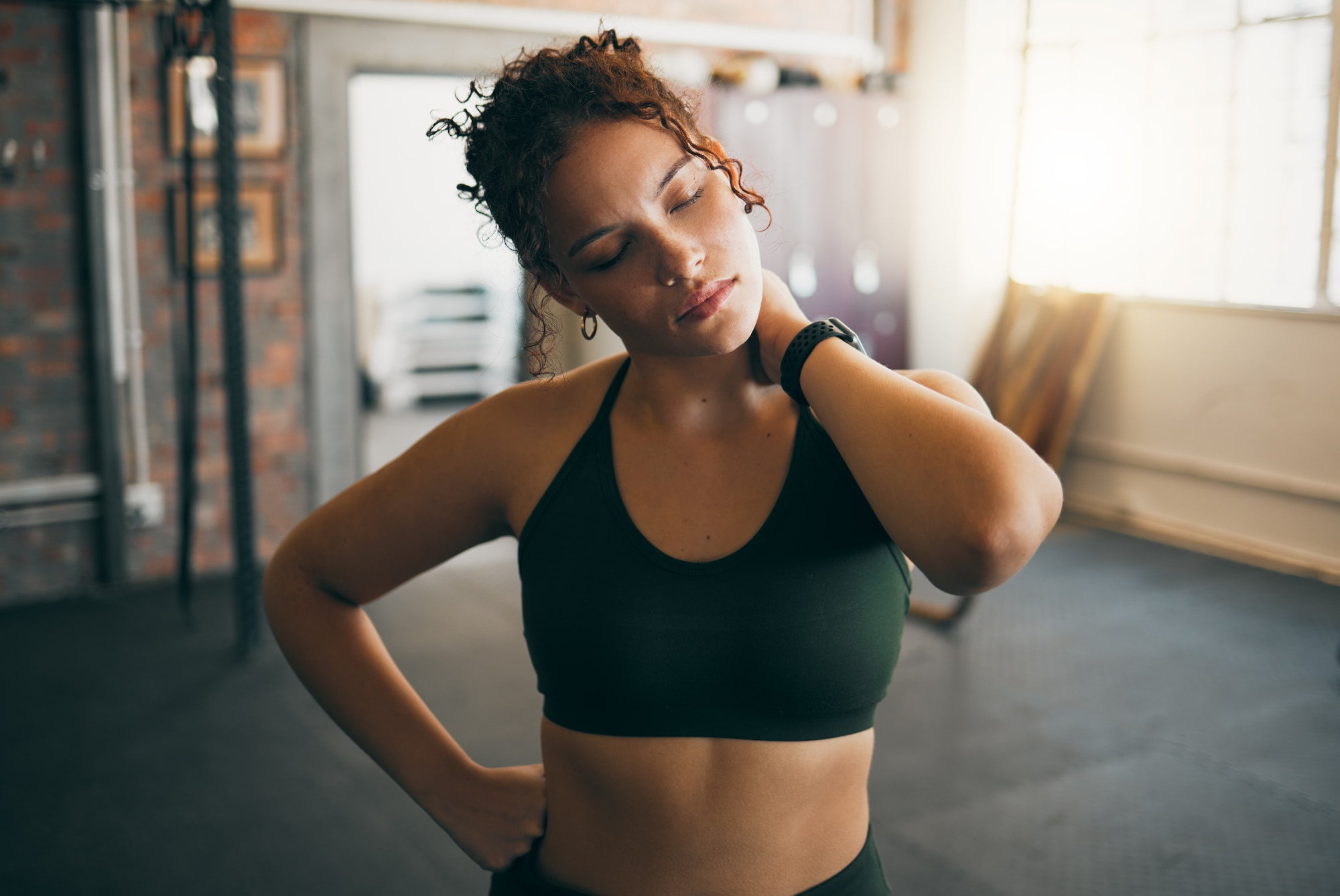The shoulder is one of the most complex joints in the human body, and as such, it is prone to injury. It is especially vulnerable to injury in athletes and active individuals due to the strain that these activities put on the joint. Fortunately, with the right preventive strategies and rehabilitation techniques, the risk of shoulder injury can be greatly reduced. In this article, we’ll discuss the anatomy of the shoulder, preventive strategies for avoiding injury, and rehabilitation techniques for those who have already sustained an injury.
The Anatomy of the Shoulder
The shoulder is made up of four separate joints, including the acromioclavicular (AC) joint, the glenohumeral (GH) joint, the scapulothoracic (ST) joint, and the sternoclavicular (SC) joint. These joints work together to allow a wide range of motion, from shrugging the shoulders to reaching up and behind the head. The shoulder joint is also stabilized by several muscles, including the trapezius, deltoid, and rotator cuff muscles, as well as the ligaments that connect the bones.
The shoulder is a very delicate joint, and any disruption of the joint’s normal function can lead to injury. This is especially true in athletes, who put a great deal of strain on the joint in the course of their activities. Therefore, it is important for athletes and active individuals to be aware of the potential risks and take steps to reduce their risk of injury.
Preventive Strategies
In order to reduce the risk of shoulder injury, athletes and active individuals should take certain preventive steps. First, they should make sure to warm up properly before any activity. Warming up helps to loosen the muscles and joints, which can prevent strain and injury. Stretching and strengthening exercises should also be done regularly to maintain the shoulder’s range of motion and strength. Additionally, proper technique should be used when doing any activities that involve lifting or pushing, as improper technique can lead to strain and injury.
It is also important for athletes and active individuals to pay attention to their body and take breaks when needed. When the body is feeling fatigued, it is more prone to injury, so it is important to take a break and rest when needed. Additionally, it is important to wear the proper protective gear when engaging in activities such as contact sports, as this can help to reduce the risk of injury.
Finally, it is important to pay attention to any signs of injury and seek medical attention if needed. Early treatment can help to reduce the severity of an injury and speed up the healing process.
Rehabilitation Techniques
If an individual does sustain a shoulder injury, it is important to follow the recommended rehabilitation program. This typically includes a combination of rest, physical therapy, and pain management. Rest is important to allow the shoulder to heal, while physical therapy can help to strengthen the muscles and maintain range of motion. Pain management is also important to reduce discomfort and swelling.
In some cases, surgery may be necessary. This is typically done to repair any torn ligaments or tendons. After surgery, it is important to follow the recommended rehabilitation program to ensure a full recovery. This may include physical therapy, rest, and pain management. It is important to follow the doctor’s instructions carefully to ensure a full recovery.
Conclusion
The shoulder is a complex joint that is prone to injury, especially in athletes and active individuals. In order to reduce the risk of shoulder injury, it is important to take preventive steps such as warming up, stretching and strengthening, and using proper technique. Additionally, it is important to pay attention to any signs of injury and seek medical attention if needed. If an injury does occur, a rehabilitation program should be followed to ensure a full recovery.
If you’re an athlete or active individual who is suffering from shoulder pain, Eastside Ideal Health can help. Our team of certified professionals offers a variety of treatments, including physical therapy and pain management, to help you get back to doing the activities you love.

